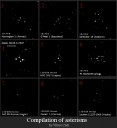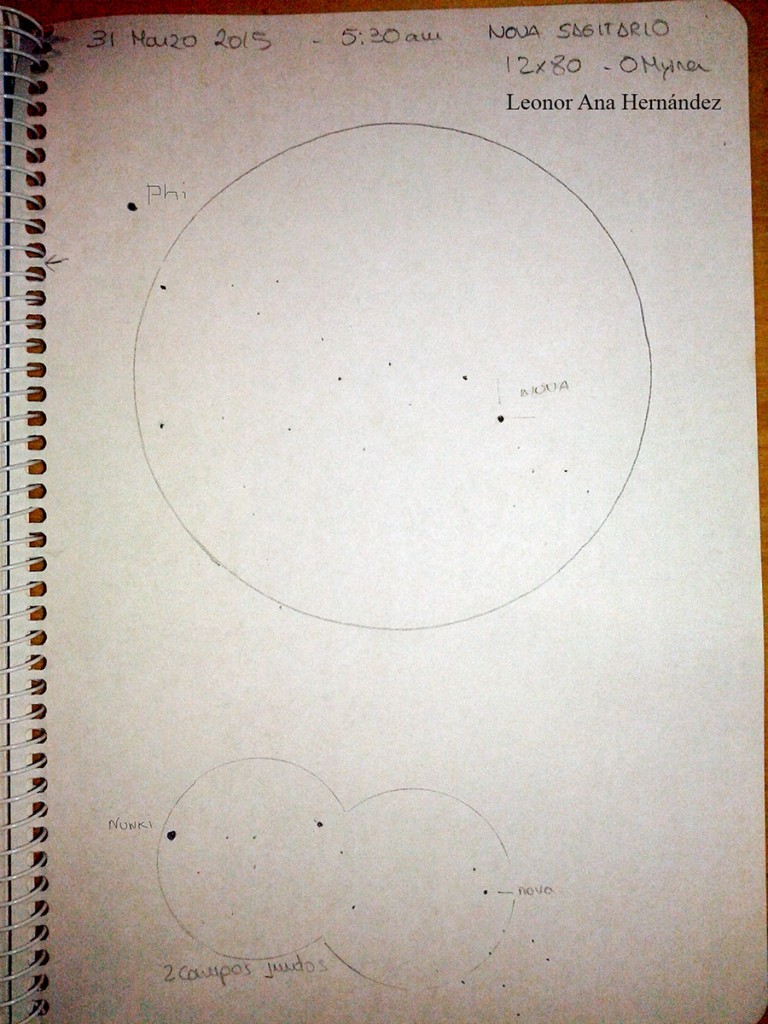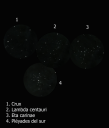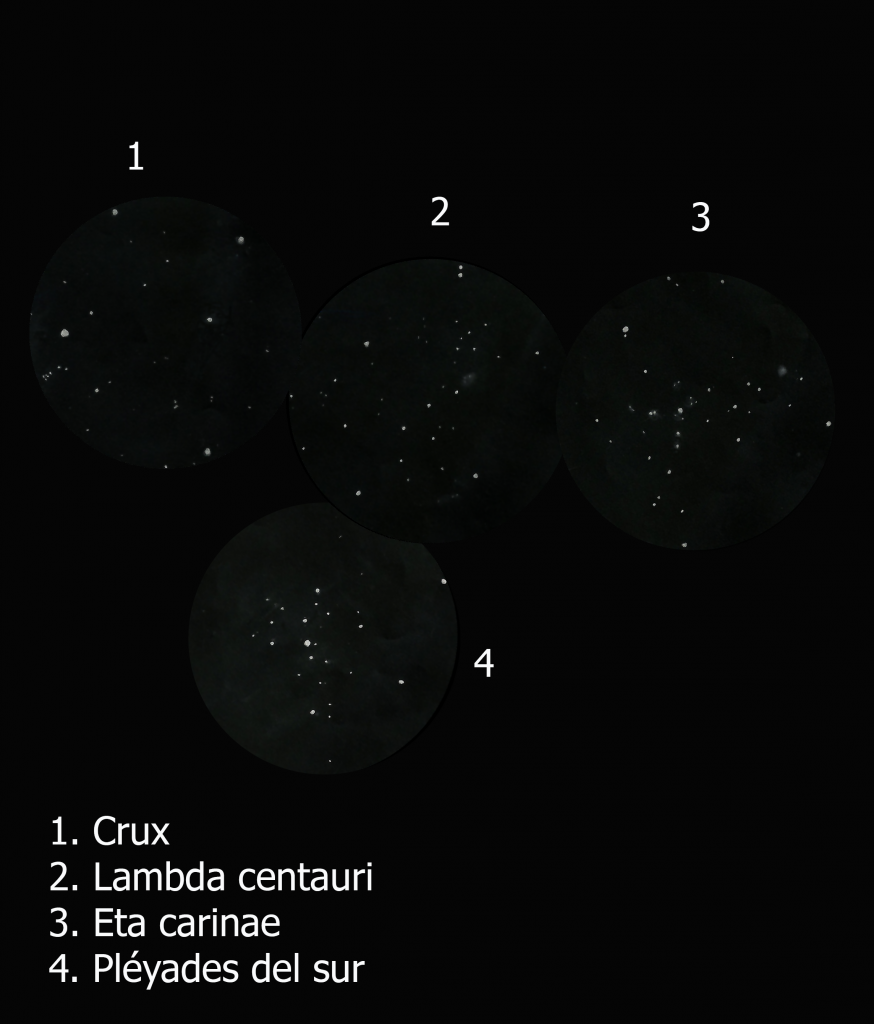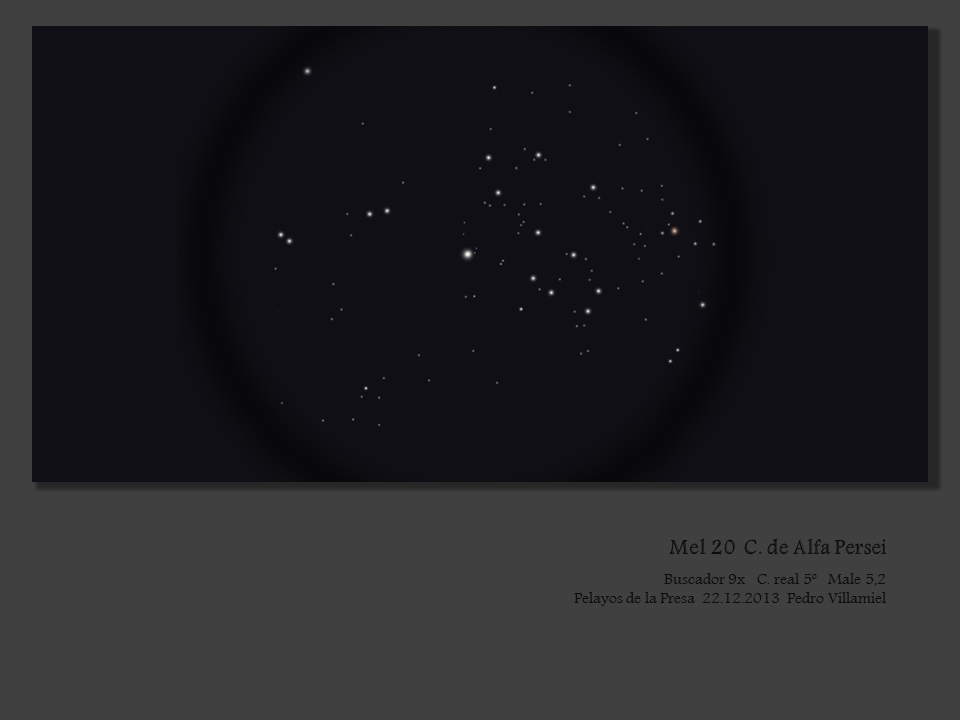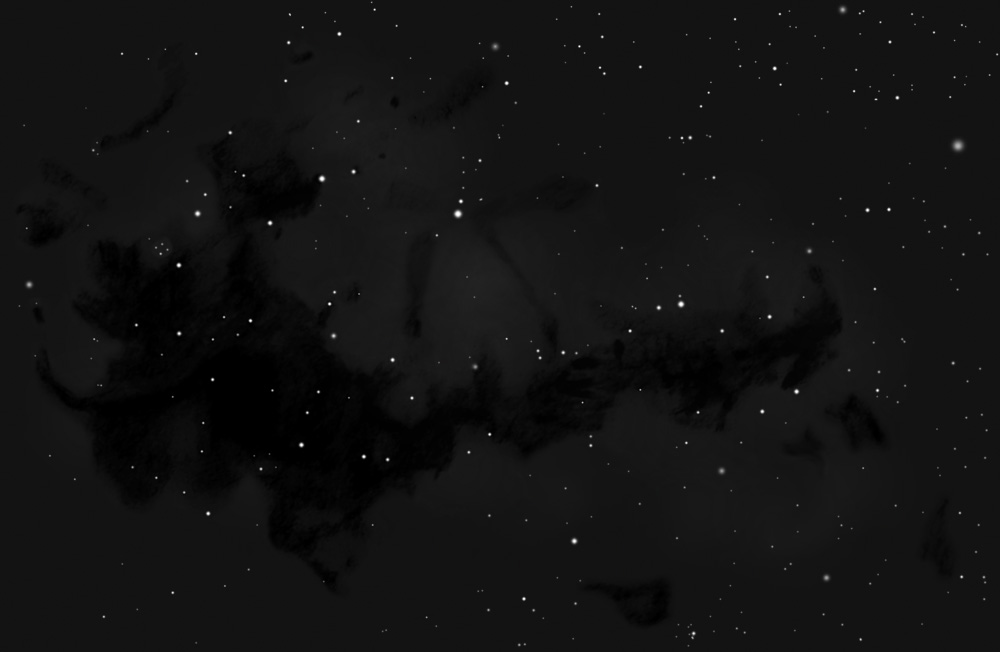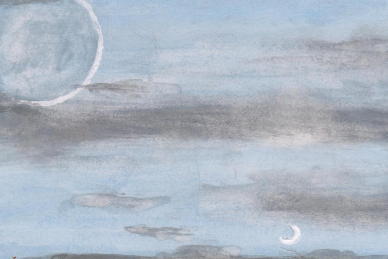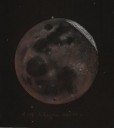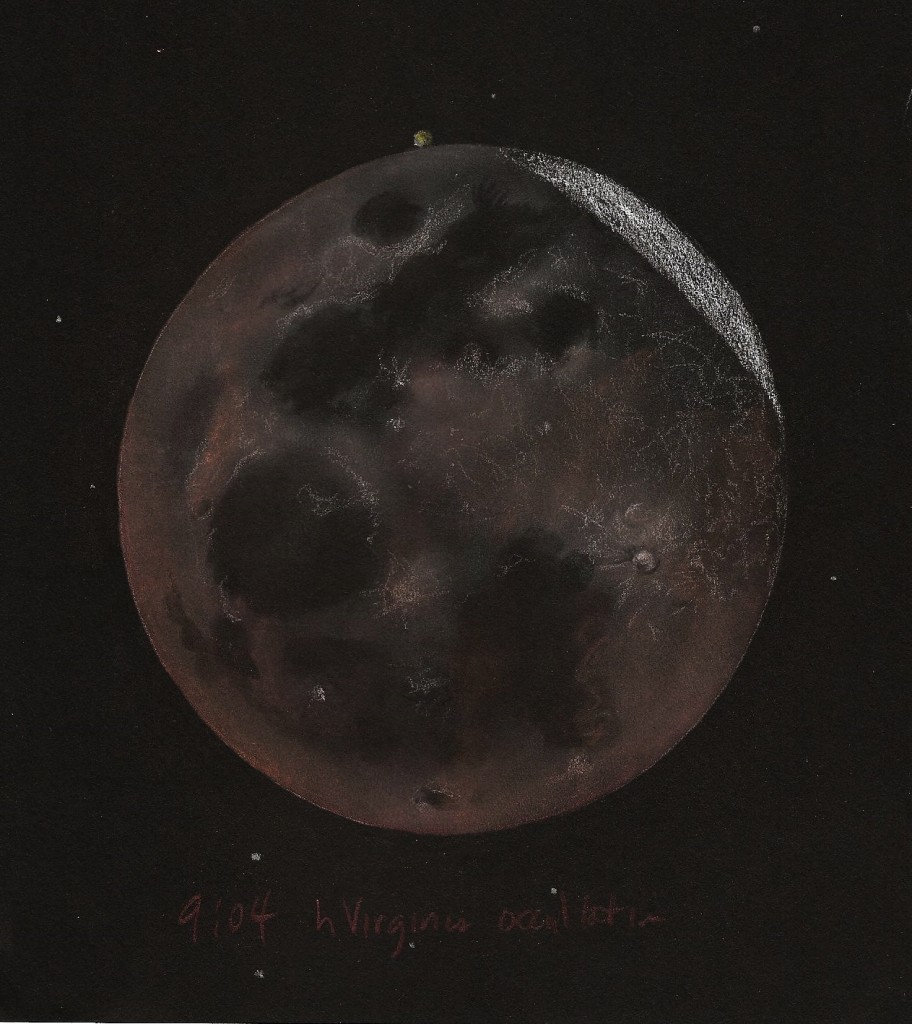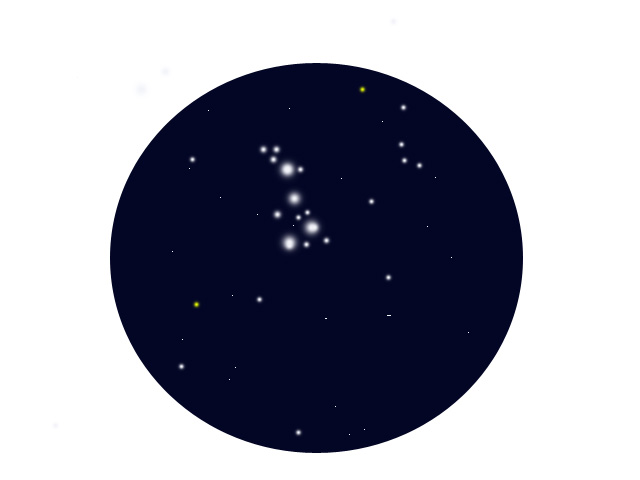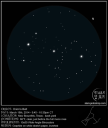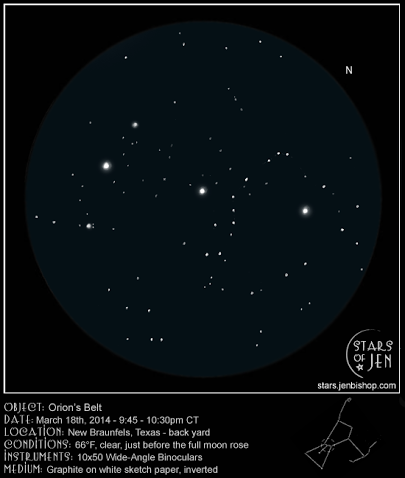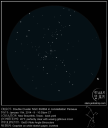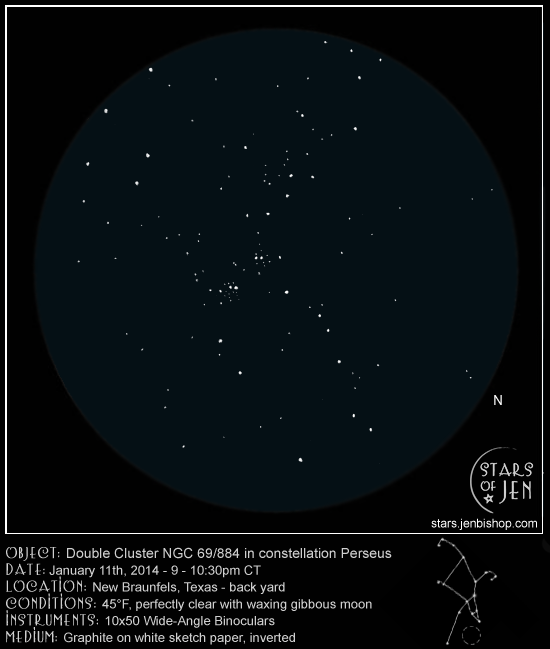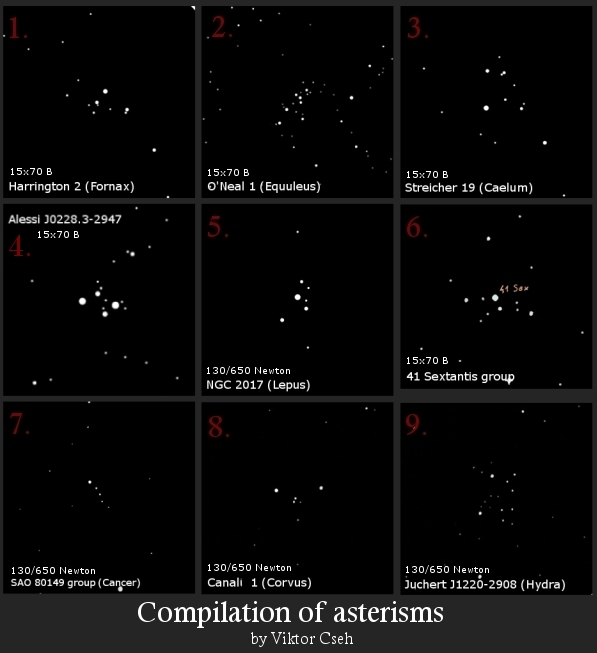
Dear ASOD!
I made a small compilation for some asterisms. These are not popular objects, and few amateur astronomers watching these group of stars. I think, you find very pretty star clusters in these catalogs: Alessi, Teutsch, O’Neal, Harrington, Slotegraaf, Ferrero, Markov, Streicher, ESO etc. You can see a lot of binoculars, and small telescope. I used this telescopes: 15X70 binoculars, 130/650 Newtonian reflector.
The objects you find here on sky:
1 – 03h28m -35°50′ (Fornax)
2 – 21h22m +02°55′ (Equuleus)
3 – 05h02m -31°36′ (Caelum)
4 – 02h29m +29°46′ (Triangulum)
5 – 05h39m -17°50′ (Lepus)
6 – 10h50m -09°55′ (Sextans)
7 – 08h23m +21°50′ (Cancer)
8 – 12h36m -12°05′ (Corvus) “Stargate cluster”
9 – 12h21m -29°00′ (Hydra)
I hope you like these some inserts of my drawings. This is a very interesting and exciting observation project. I wish to clear skies! 🙂
Viktor (from Hungary)
